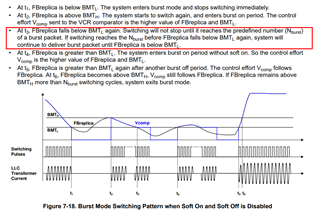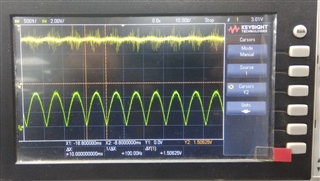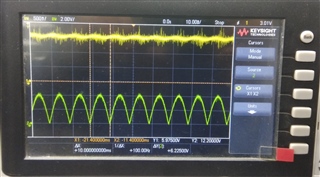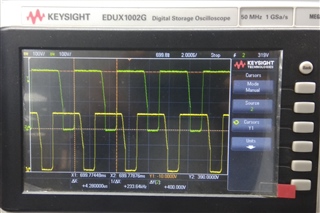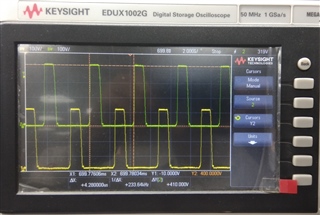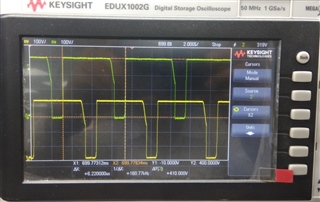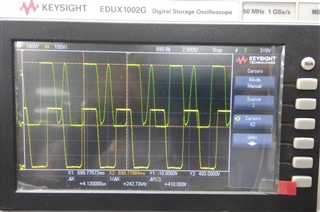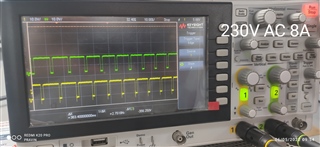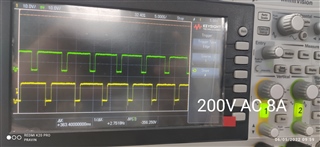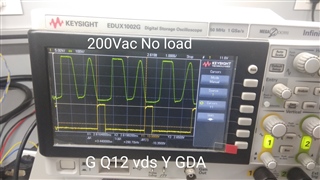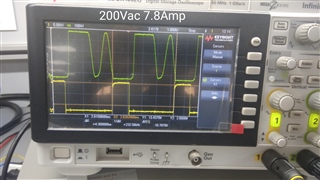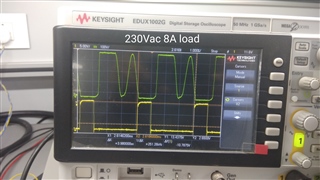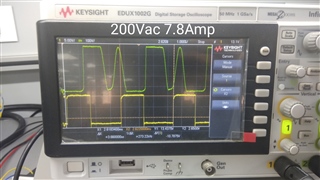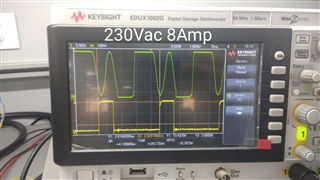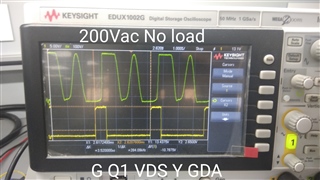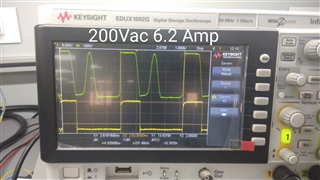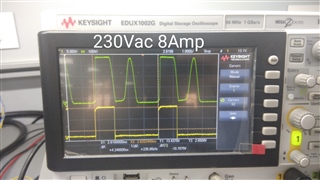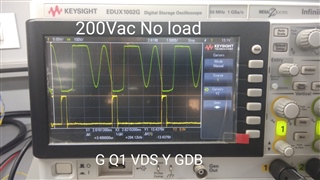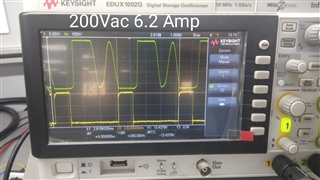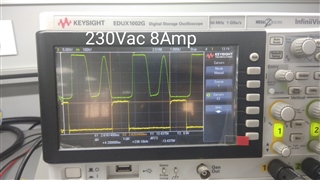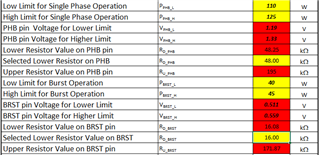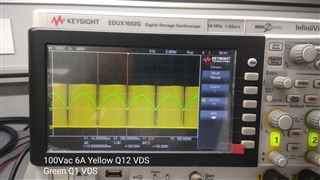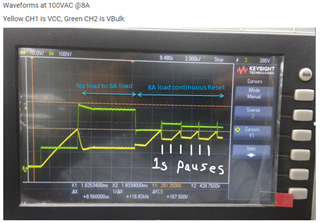Other Parts Discussed in Thread: TIDA-010015,
Hi,
We are using TIDA-010015 design for 500W power supply design.
We are using LLC IC :- UCC256402A & PFC IC:- UCC28064A.
We tested only LLC Stage with input 390VDC and Iout 20A. No issue occur.
But testing with PFC+LLC there are issues observed are below
1) If Input voltage 230VAC or above applied and output current 20A applied SMPS working properly.
2) But we are testing on lower input voltage below 200VAC, SMPS properly working upto 8A current.
Not able to take above 8A current. Going in hiccup mode on above 8A.
We tried with PFC IC CS pin shunt resistance decrease but no effect of this.
Expecting experts comments here to solve this issue.
Regards,
Vivek


